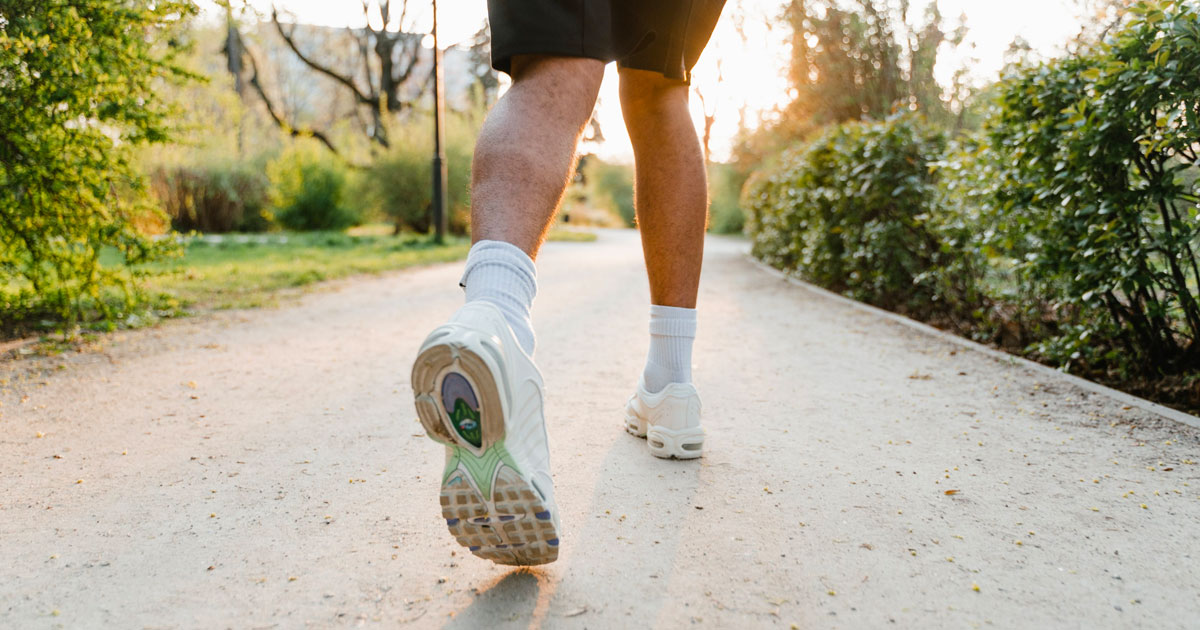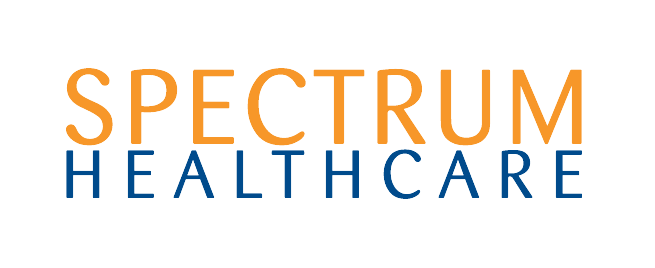
Cerebral Palsy
What is Cerebral Palsy?
Cerebral Palsy (CP) is a neurological condition that is a result of an injury to the brain during cerebral development that affects movement and cognition. It is described as a group of permanent disorders that cause activity limitation and is nonprogressive (will not worsen with age) in nature. This injury to the brain can occur either prenatally (pre-birth), perinatally (during birth) or in the postnatal (post birth) periods (Rosenbaum et al., 2007). Most CP cases will occur prenatally or before one month of age.
While each presentation of CP is unique, most people with the diagnosis are expected to live well into adulthood because the condition is nonprogressive. This means the person will not deteriorate over time directly due to the condition but can deteriorate due to secondary complications associated with CP. It is not curable but with a team of professionals the condition can be effectively managed with a range of strategies and assistive devices available to increase the person's quality of life. It is not yet known what the single cause of cerebral palsy is but there is a group of risk factors that are thought to potentially contribute to CP. These risk factors are (McIntyre, Morgan, Walker, & Novak, 2011; Odding, Roebroeck, & Stam, 2006):
- Premature birth less than 37 weeks
- Thrombophilia (blood clotting problem)
- Low birth weight
- Reduction in nutrients to baby
- Infection / viral disease / bacterial infection
- Loss of oxygen to brain of baby during pregnancy / birthing process
- Slightly more likely in male fetus/baby
Types of Cerebral Palsy:
There are different types of CP that classify the location of damage to the brain, the limbs that are affected and the type of movement disorder (Cans, Dolk, Plati, & Colver, 2007; McIntyre et al., 2011).
Spastic
- Most commonly, the muscles feel stiff and tight making movement look jerky.
- Spastic CP can be further subcategorised depending on which limbs are affected.
- Bilateral spastic CP affects both sides of the body and can be subcategorised into either quadriplegia or diplegia. Quadriplegia affects all 4 limbs, the muscles of the trunk and face/mouth whereas diplegia will affect both legs.
- Unilateral spastic CP will only affect one side of the body. It can affect either a single limb or an arm and a leg on the same side of the body.
Dyskinetic
- Symptoms include involuntary movements that may be repetitive, slow, or unpredictable.
Ataxic
- Shacky uncontrolled movements that affect balance and proprioception.
Mixed
- Combination of the above conditions.
Effects on the person
CP can cause a range of effects on a person’s life and functionality although each case is unique in its presentation. The range of these impairments can be from needing 24 hour assistance to having difficulties with one limb making everyday tasks like tying shoes or puting on clothes difficult.
The major effects CP can have on a person’s life are (McIntyre et al., 2011; Novak, Hines, Goldsmith, & Barclay, 2012):
- Mobility (1 in 3 unable to walk)
People affected by CP may need the assistance of a walking aid or orthosis and consistent physical therapy. - Communication
The person is unable to control fine motor skills of the muscles around the mouth and tongue that are needed for speech and facial expressions. - Pain
CP impairments associated with contractures (fixed tightening of muscle, tendons, ligament and/or skin) or dystonia (involuntary contraction of muscles) may prevent a person from being able to complete activities of daily living and lead to pain in those joints / muscles. - Eating and drinking
Unable to control muscles of the tongue and mouth leading to difficulty with chewing / swallowing known as dysphagia or the inability to use cutlery to transfer food to mouth. - Intellectual disability (1 in 2)
The level of cognitive function is not related to physical impairment; therefore, people can have a large physical impairment and no intellectual disability or a slight physical impairment and an intellectual impairment. - Spinal or hip abnormalities
People with CP are more likely to have hip displacement, contracture, scoliosis. - Epilepsy
Due to CP being a brain injury there is an increased likelihood of having abnormal neural activity leading to seizures.
Diagnosis
The diagnosis of CP will otien occur between infancy and the first two years of life with signs beginning to show as early as the first few months. For a diagnosis to occur there must be a motor deficit in the person which relates directly to the severity of the CP and is measured with a five-grade system called the Gross Motor Function Classification System (GMFCS). Neurological imaging such as CT scans, ultrasound and MRI can be used to see the injury to the brain to help rule in or out CP. There are currently no definitive tests for the diagnosis of CP rather observation of signs and symptoms in the early years of life, these include (Gulati & Sondhi, 2018):
- Neurobehavioral signs, such as excessive irritability, lethargy, or difficulty to handle or cuddle.
- Prolonged or exaggerated developmental reflexes.
- An increased or decreased motor tone and posture that can lead to poor head control.
- Delay in the development of motor milestones.
- Reduction in motor capacity.
Management
As there is no cure for CP, the treatments and management strategies are aimed to improve the person's quality of life by increasing their functional capacity. To do this a team approach is needed to gain the best results, this team will include: Physician, orthopaedist, physiotherapist, occupational therapist, speech and language therapist, social worker, and psychologist.
Physiotherapy management is targeted at improving the physical impairments of the person. The typical impairments that can be targeted by a physiotherapist include joint range of motion, pain, weakness, coordination, balance, and mobility/gait.
The treatments used for those with CP will vary depending on individual impairments. For reduced range of motion at a joint, soft tissue massage and dry needling can be used to help reduce pain in the stiff joint and increase its movement.
Strengthening exercises are prescribed to target muscular weakness to help improve the person's functional capacity. The exercises will be focused on everyday tasks such as standing from siting or litiing objects into cupboards that may be overhead. Furthermore, the use of high repetition whole or part practice exercises targeted at improving coordination, static and dynamic balance (siting and standing) aim to decrease the falls risk of the person preventing further injury.
Finally, gait retraining exercises are used to increase one's walking capacity. The therapist may also recommend the use of an orthosis or mobility aid. All these treatment options come together to improve a person’s independence and function.
References:
Cans, C., Dolk, H., Platt, M. J., & Colver, A. (2007). Recommendations from the SCPE collaborative group for defining and classifying cerebral palsy. Developmental medicine and child neurology, 49, 35.
Gulati, S., & Sondhi, V. (2018). Cerebral palsy: an overview. The Indian Journal of Pediatrics, 85(11), 1006-1016.
McIntyre, S., Morgan, C., Walker, K., & Novak, I. (2011). Cerebral palsy—don't delay. Developmental disabilities research reviews, 17(2), 114-129.
Novak, I., Hines, M., Goldsmith, S., & Barclay, R. (2012). Clinical prognostic messages from a systematic review on cerebral palsy. Pediatrics, 130(5), e1285-e1312.
Odding, E., Roebroeck, M. E., & Stam, H. J. (2006). The epidemiology of cerebral palsy: incidence, impairments and risk factors. Disability and rehabilitation, 28(4), 183-191.
Rosenbaum, P., Paneth, N., Leviton, A., Goldstein, M., Bax, M., Damiano, D., Dan, B., Jacobsson, B. (2007). A report: the definition and classification of cerebral palsy April 2006. Dev Med Child Neurol Suppl, 109(suppl 109), 8-14.
